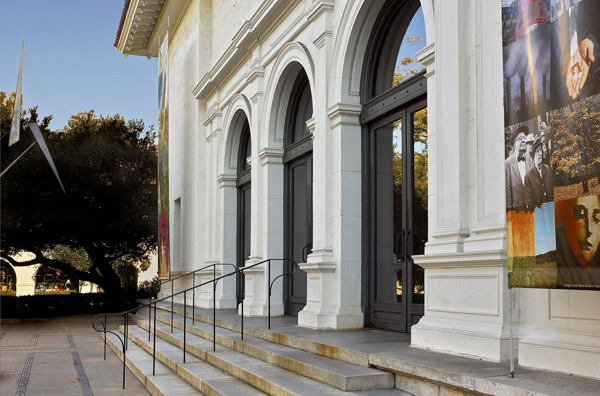Views of Scenic Sites Itsukushima and Wakanoura Shrines
Views of Scenic Sites Itsukushima and Wakanoura Shrines
- landscape
- shrines
- buildings
- architecture
- boat
- figure
- animal
- horse
- men
- women
- boys
- girls
- interiors
- pagodas (buildings)
- musical instrument
- dance
- food
- lake
- waterfall
- Asian
- Japanese
These screens portray two of Japan’s scenic locales, Wakanoura (right) and Itsukushima (left), famous for their ancient Shinto shrines. Located on Japan’s Seto Inland Sea, both were noted in court poetry as early as the ninth century. From these early poetic renderings, “famous places” (meisho) developed into a central genre of traditional Japanese painting.
By the end of 17th century, peace and economic improvements fostered religious pilgrimages and travel for leisure. Marked by red torii gates, both shrines’ surroundings are populated with figures from all classes: priests, courtiers, samurai, and commoners, many accompanied by children, some engaged in lively activities. Seasonal activities are represented—cherry blossom viewing parties in the springtime (right screen) and music making under the red maple foliage in autumn (left).
These screens were produced by anonymous machi-eshi, or “town painters” in Kyoto who created the earliest paintings showing activities of all classes in the current time. These artists, to satisfy the insatiable taste for the new and fashionable of the wealthy urbanites, produced images eclectic in subject and style, with innovative compositions using rich mineral pigments and gold leaf.
































































